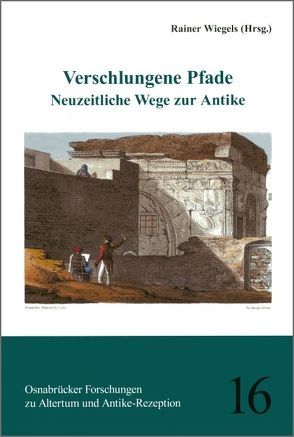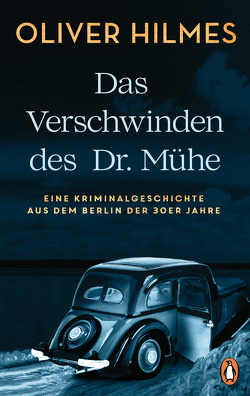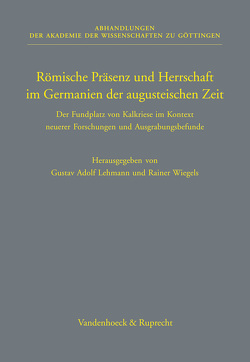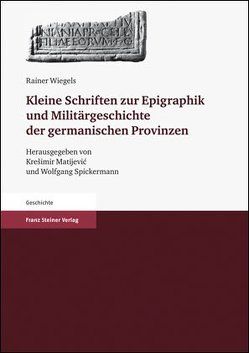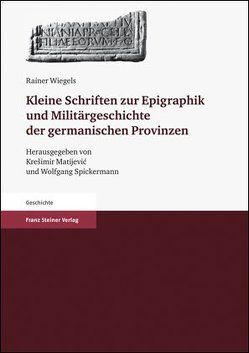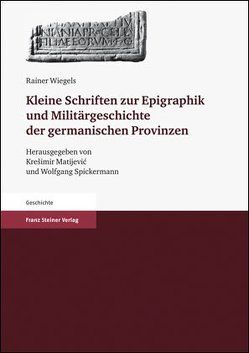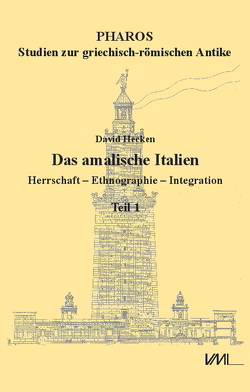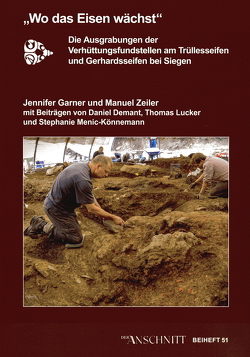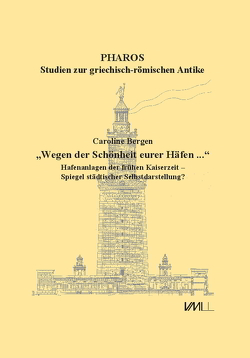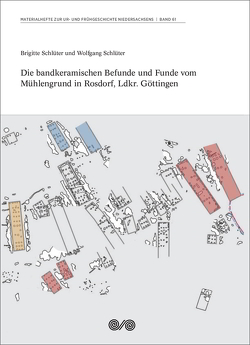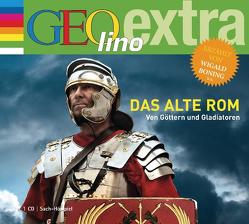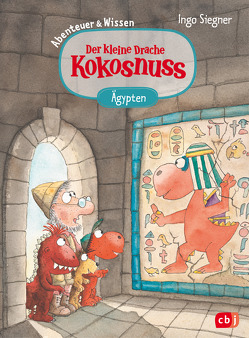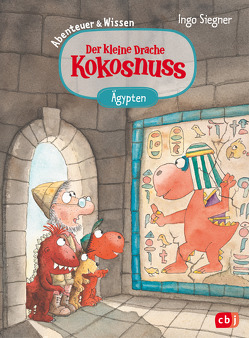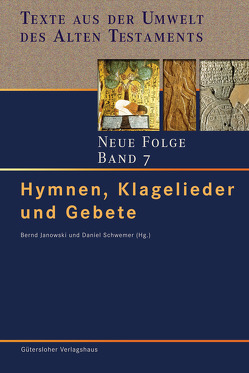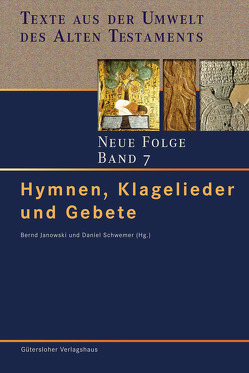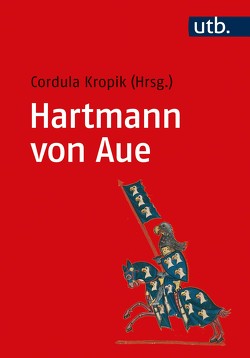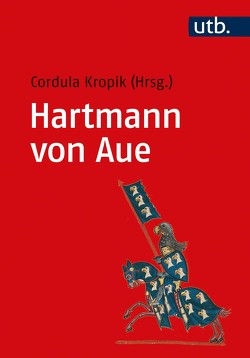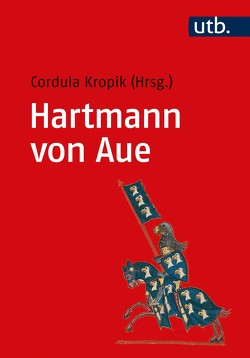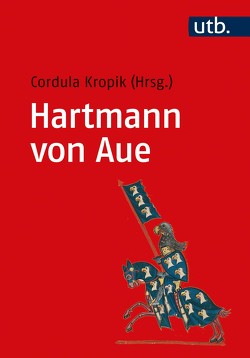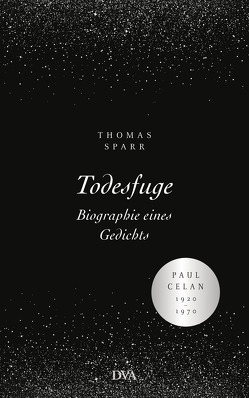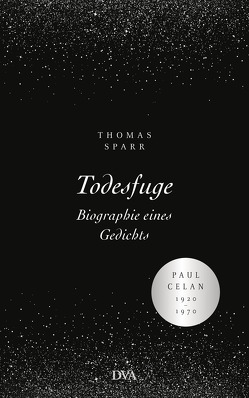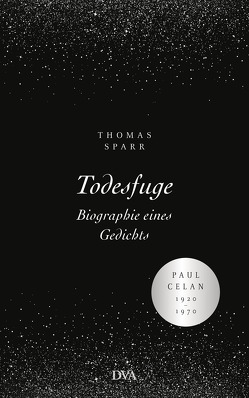Verschlungene Pfade
Neuzeitliche Wege zur Antike
Welker Karl H. L., Rainer Wiegels
Die Beiträge des Bandes gehören zwei Themenkreisen an: Sechs behandeln die “Schlacht im Teutoburger Wald” bzw. den “Hermann-Mythos” und gehen zurück auf eine Tagung des “Kulturforums Dom” und der “Justus-Möller-Gesellschaft” am 21.03.2009 in Kalkriese. Im einzelnen geht es um die Varusschlacht in der Geschichtsschreibung des 18. Jhs., den Ort der “Schlacht im Teutoburger Wald” in der historischen Erinnerung, die Ausgrabungen von Kalkriese und die neue Rezeption der “Varusschlacht”, das Römerbild in deutschen Hermann-Dichtungen, Christian Dietrich Grabbes “Herrmannsschlacht” heute sowie die Darstellung der Germanen in Schulbüchern zwischen 1900 und 1945. Die übrigen drei Aufsätze stammen von Autoren mit persönlichen Verbindungen zur Universität Osnabrück oder zu dort Lehrenden und widmen sich unterschiedlichen Aspekten der “Antikenrezeption”: Zwei Aufsätze behandeln die Rezeption der Antike im Film anhand der Beispiele “Die zehn Gebote” [1956, Altes Ägypten] und “Ben Hur” [1959, Römisches Reich], einer beruht auf der Auswertung von Reiseberichten des 19. Jh. und eigenen Erfahrungen auf Wüstenrouten in Nordafrika, speziell in Libyen.
The contributions of this volume belong to two fields of interest: Six deal with the “Battle of the Teutoburg Forest” respectively the “Myth of Arminius” and originated during a meeting of “Cultural Forum Cathedral” and “Justus Möller Society” on 21st March 2009 at Kalkriese. The actual topics are the “Battle of Varus” in 18th century historical writing, the site of the “Battle of the Teutoburg Forest” in historical remembrance, the new reception of the “Battle of Varus” in the light of the excavations at Kalkriese, the image of the Romans in German poetry on Arminius, Christian Dietrich Grabbe’s “Battle of Arminius” in present times and, last but not least, the representation of Germans in schoolbooks from 1900 to 1945. Three other papers were written by authors with personal connections to Osnabrück University or its staff and are dedicated to different aspects of “reception of antiquity”: Two texts deal with the reception of antiquity in films by the examples of “The ten commandments” [1957, Ancient Egypt] and “Ben Hur” [1959, Roman Empire], one article is based on the analysis of 19th century travel reports and personal experience on desert routes in North Africa, particularly in Libya.
